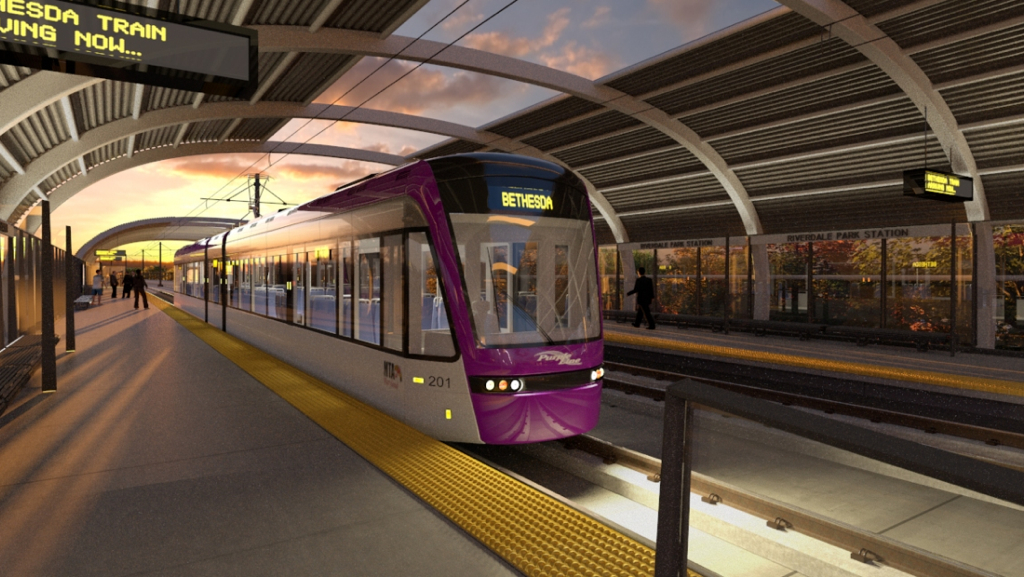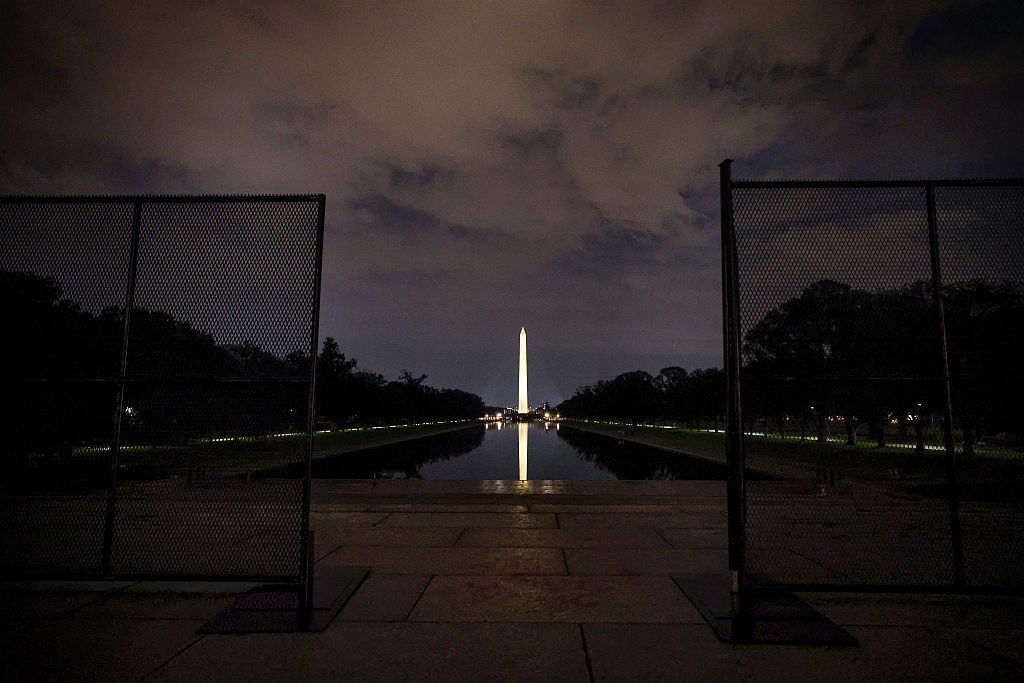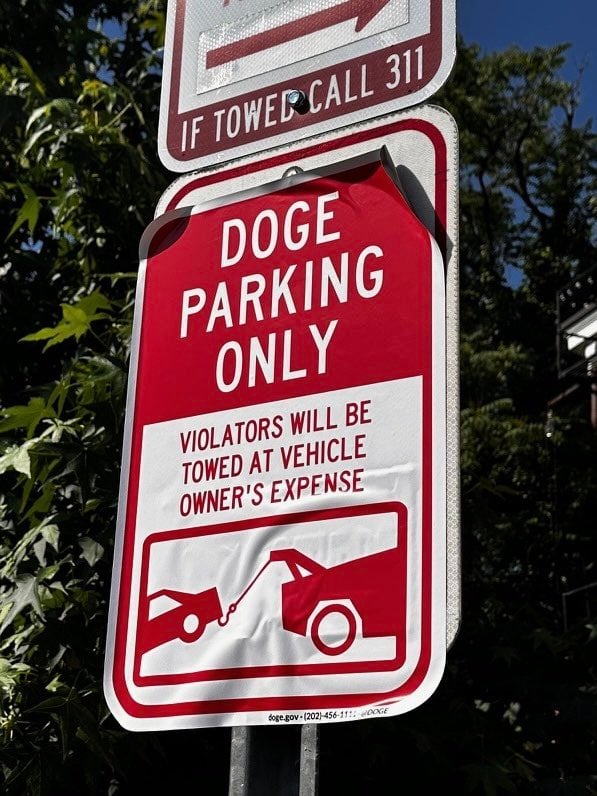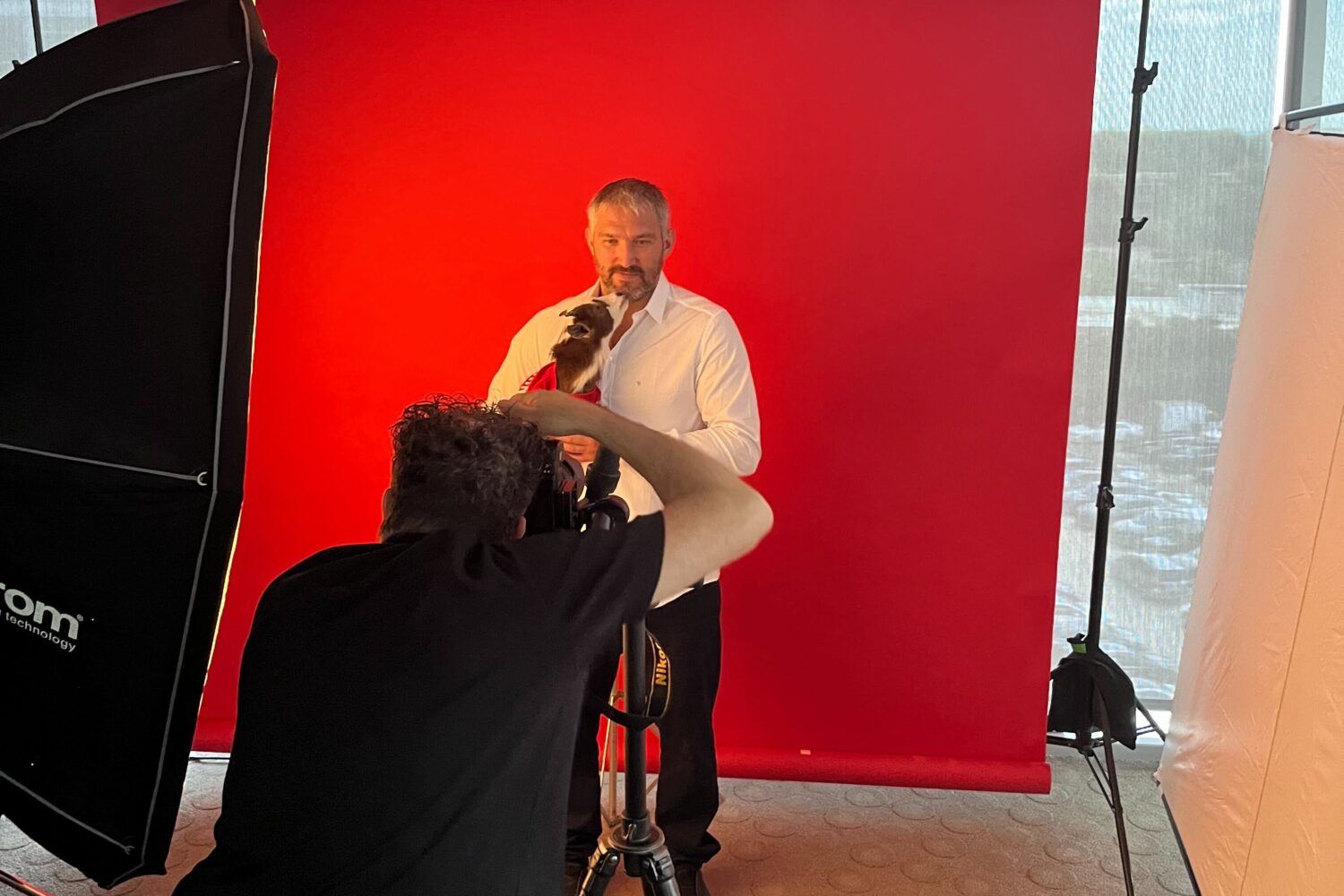UPDATE, 11/23: Judge Richard Leon affirmed his earlier ruling to delay the Purple Line and ordered the Federal Transit Administration to perform a supplemental environmental impact statement on the long-delayed rail project. While Leon’s latest order does not kill the Purple Line, it almost certainly kicks construction, which had been scheduled to start this year, into 2017. In his ruling, Leon again cited Metro’s ongoing safety and repair issues as a reason to delay the Purple Line. While the Purple Line’s planners expect about one-quarter of riders to be transfers from Metro, the line itself would not be part of Metro.
Suburban Maryland residents counting on the Purple Line to create a much-needed rail link between Montgomery and Prince George’s counties suffered a loss Wednesday when a federal judge ruled that the project’s planners revise their ridership expectations before proceeding with construction. The crux in Judge Richard Leon‘s order? Metro, its infrastructural woes, and its sagging ridership.
Leon’s ruling came in a case brought by Chevy Chase, Maryland, residents opposed to the Purple Line—which is supposed to run between Bethesda and New Carrollton—and orders the Maryland Transit Administration to undergo another environmental impact statement, potentially delaying the start of construction this fall. A few hours after Leon’s order, the Federal Transit Administration announced it would delay an event, originally scheduled for Monday, at which the Purple Line would have received $900 million in federal funding, nearly half its $2 billion projected construction cost. With Leon’s ruling, the Purple Line is currently ineligible to receive federal funds.
While transit advocates are sensitive to anything that might set back one of their favored projects—especially one that became more politically tenuous after the election of Republican Governor Larry Hogan—Leon’s rationale in ordering a new environmental review has them especially cheesed.
“I find that defendants’ failure to adequately consider WMATA’s ridership and safety issues was arbitrary and capricious, and that these conditions create the ‘seriously different picture’ that warrant a [secondary environmental impact statement],” Leon wrote in his nine-page order.
The Purple Line’s planners expect that when service begins, 27 percent of its estimated 70,000 daily riders will be transfers from Metro. The current troubles at WMATA—including poor employee performances, diminishing revenue, dated equipment, and a heavy maintenance program lasting through mid-2017—make it convenient for anyone, federal judges included, to speculate Metro won’t be as robust six years from now. But it’s that same speculation that makes Leon’s decision so objectionable, says Stewart Schwartz, the executive director of the Coalition for Smarter Growth, which advocates for public-transit projects.
“He’s finding that the current challenges at Metro will be permanent and affect ridership in 2040,” Schwartz says. “I can’t imagine anyone thinking our region can survive without Metro.”
Its the region’s continued growth that makes projects like the Purple Line, which has been discussed since 2001, much more necessary. The entire Washington metropolitan area’s population is expected to pass 7 million by the early 2040s; Montgomery County and Prince George’s counties are projected to have a combined population of more than 2.1 million, about 300,000 more than today.
But what really irks Schwartz is Leon’s mixing environmental case law—which is usually very procedural—with substance that sounds like casual grumbling on a Red Line platform.
“The [National Environmental Policy Act],” the law under which the Purple Line was scrutinized, “has become over time an essentially procedural statute,” Schwartz says. “Judges will throw things back if they’ve failed to comply with procedural requirements. The judge in this case seemed to mix substance and procedure, but it leans very heavily on substance. He even quotes that the arbitrary and capricious standard is narrow, but that’s exactly what he’s doing.”
This is not to say Metro should be given the assumption that it’ll work perfectly a decade from now. Even if its SafeTrack plan achieves the improvements its designed to, WMATA still faces severe structural problems with revenue, labor costs, and long-term financing. But using Metro as a cudgel to set back a separate, albeit symbiotic, commuter line in the guise of additional environmental review, as Leon’s ruling does, reeks of NIMBYism.
That’s not a shock, really. The case was brought by a group of Chevy Chase, Maryland, residents who call themselves the Friends of the Capital Crescent Trail. The Purple Line’s construction will move part of the trail, which runs between Georgetown and Chevy nChase to a less-densely forested area, but will also result in finally completing the trail’s connection to Silver Spring. The Friends, who have made arguments against the Purple Line ranging from unfounded concerns over local amphipod populations to the train’s route passing by a few schools, want to replace the planned railway with inter-county buses—which would not run through Chevy Chase at all.
These concerns do not really connect to Metro. “It’s quite the leap the judge is making,” Schwartz says. “Nothing has changed about the environmental effects of the project. It’s a wealthy community fighting project that’ll bring significant [development] interest.”
Even nonpartisan observers were struck by Leon’s rationale. “Can’t recall a group of NIMBYs so successfully f-ing over everyone else as these Chevy Chase folks are. My god,” the Washington Post‘s Jonathan O’Connell tweeted.
So what’s next for the Purple Line? Maryland Transportation Secretary Pete Rahn is asking the FTA to appeal Leon’s ruling, but with Monday’s $900 million award delayed, the project’s future seems as fragile as ever. Leon has also created a very strange alliance: transit backers who have waited years for the Purple Line are now counting on Hogan and Rahn, who were at best ambivalent on the project’s viability when they took office, to save it. Never doubt the ability of dissatisfaction with Metro to seep into other things.
















